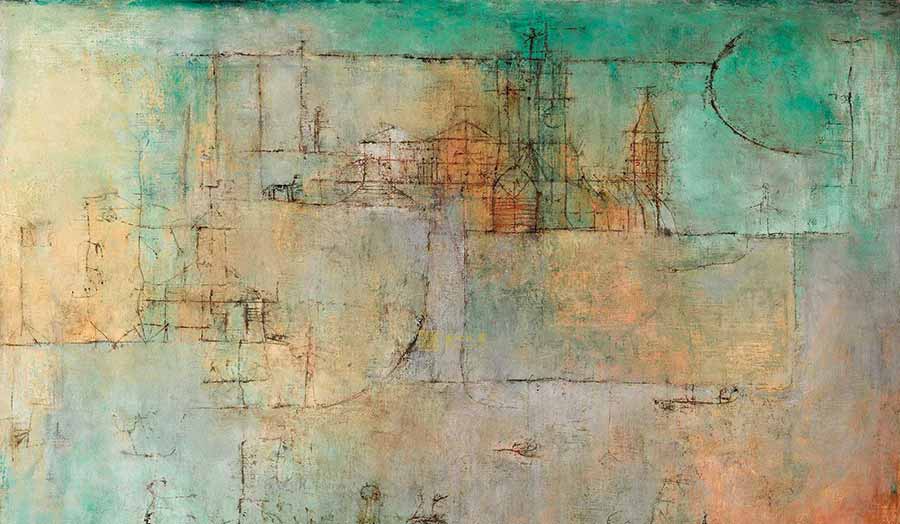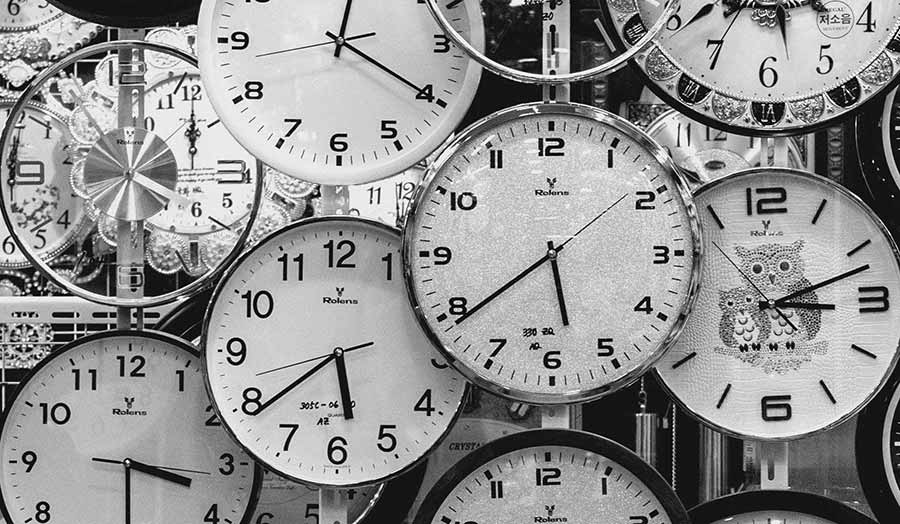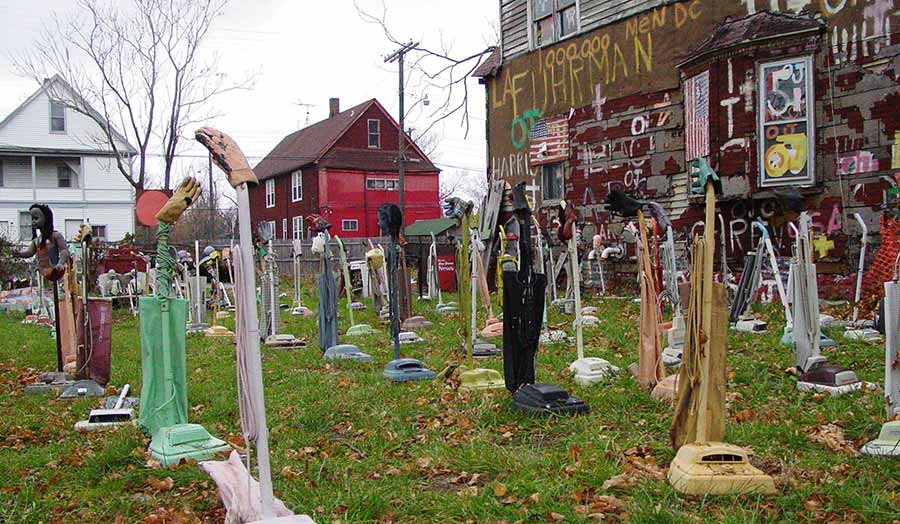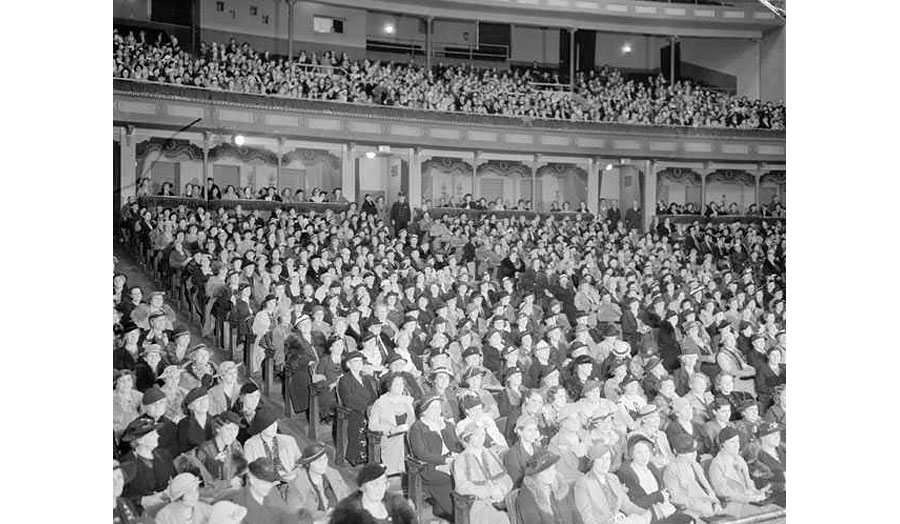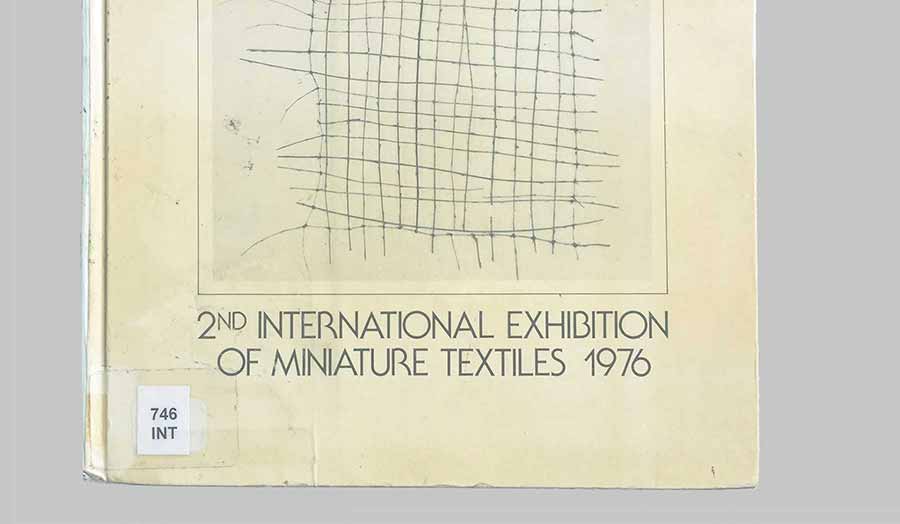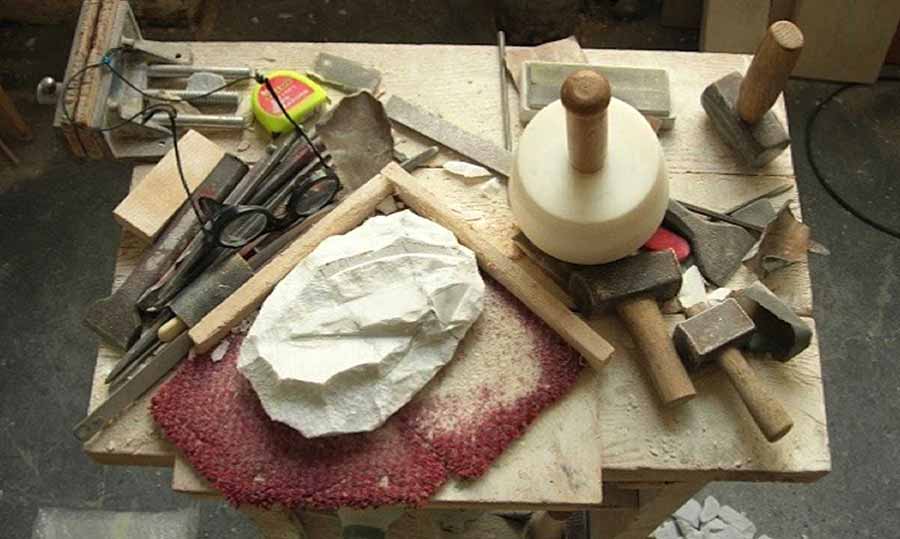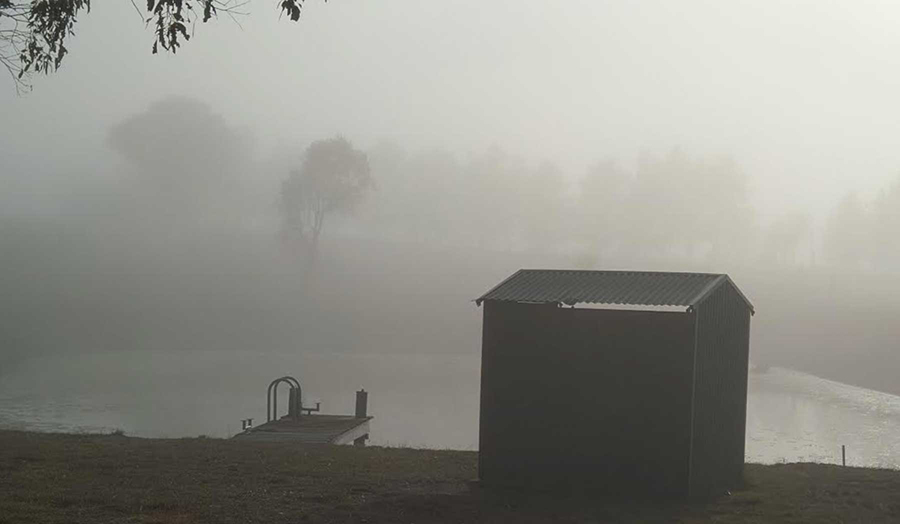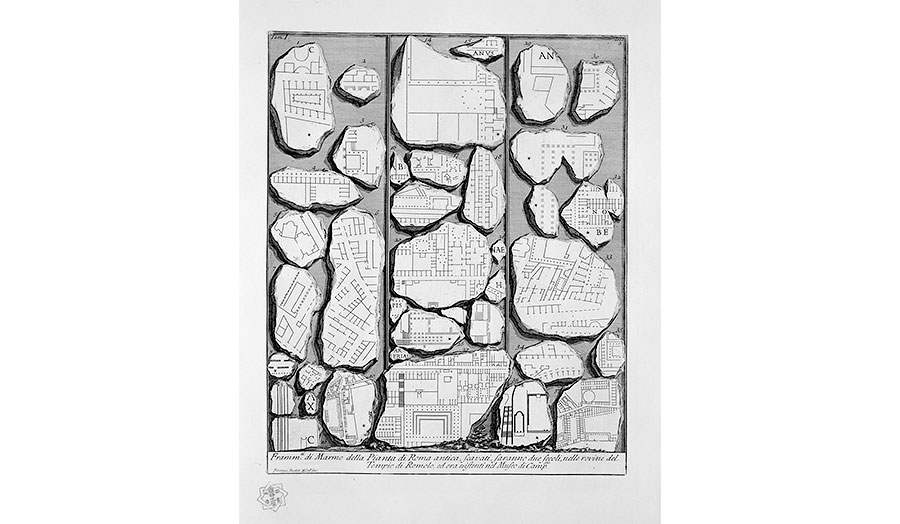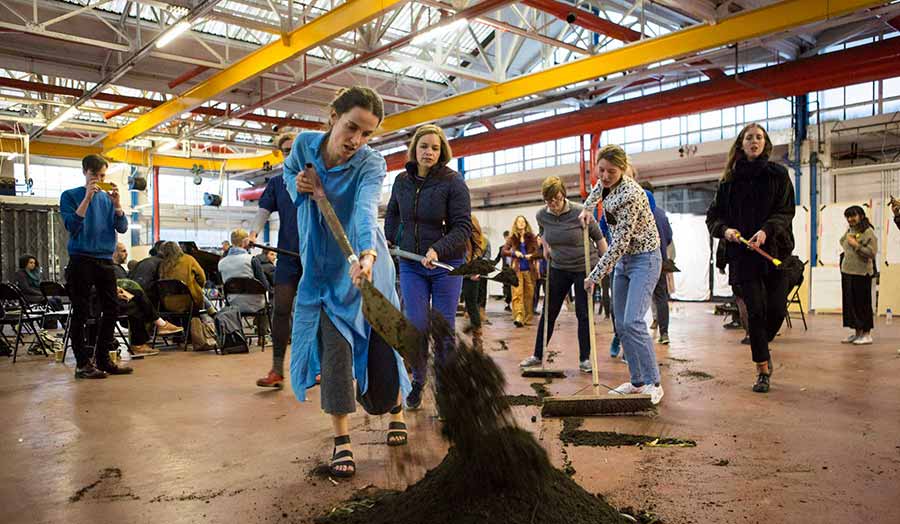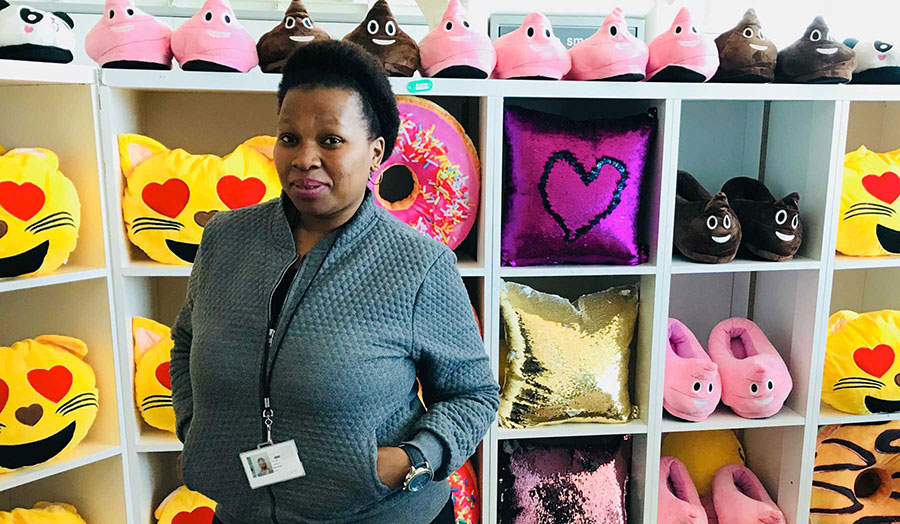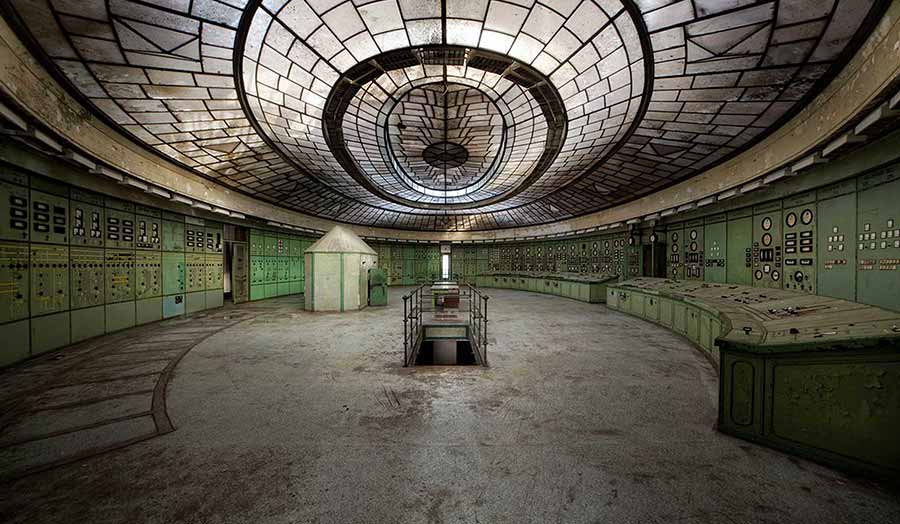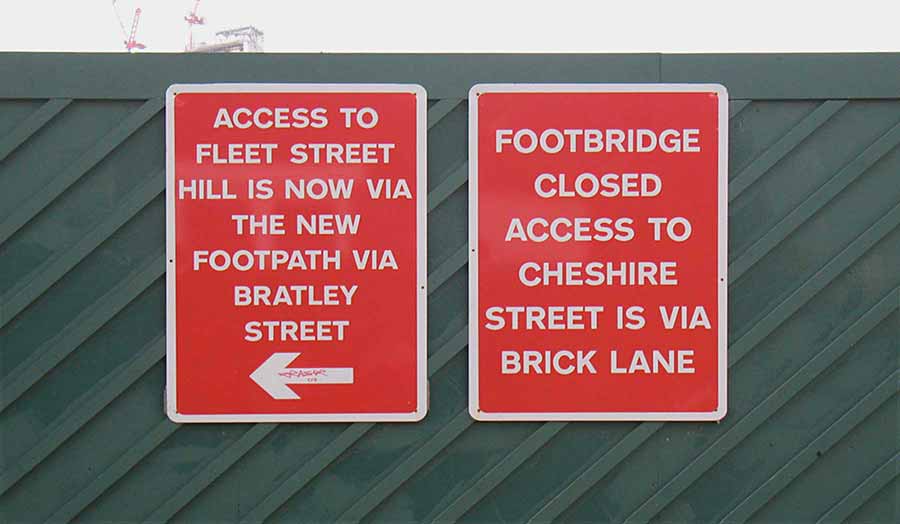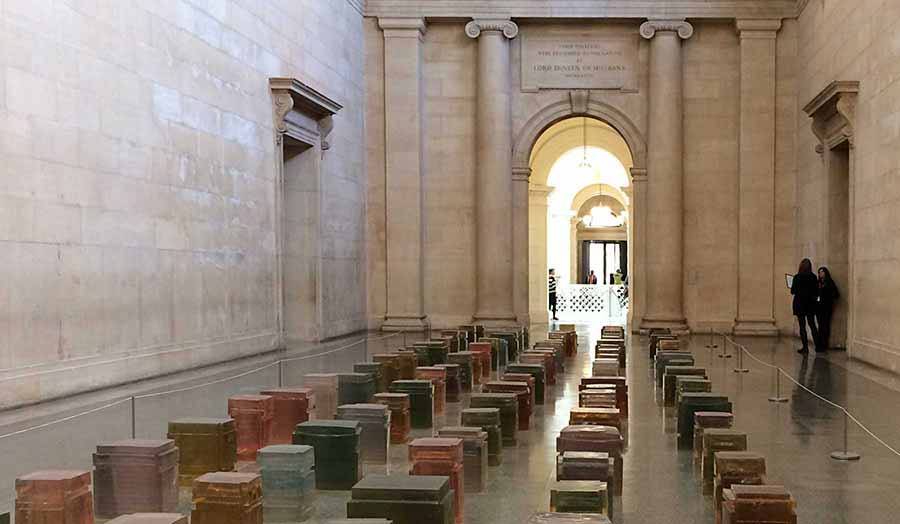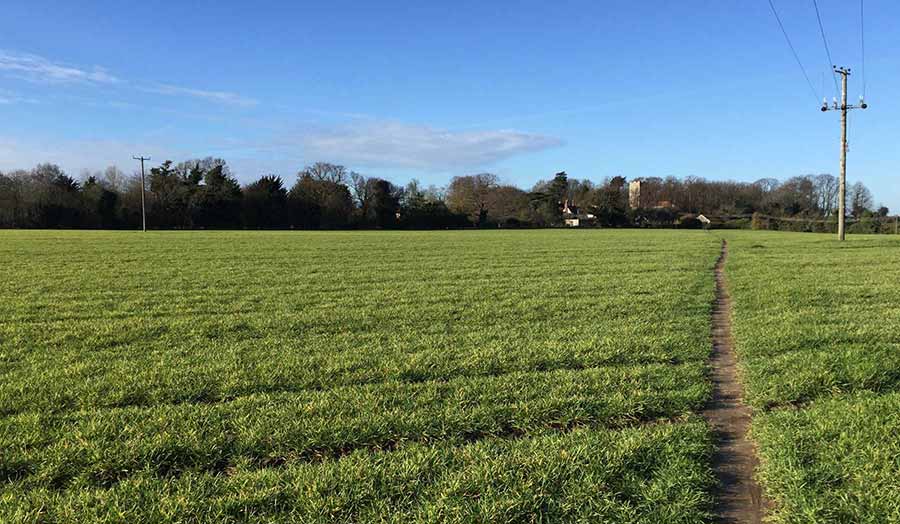Studio brief
This interdisciplinary studio reflects the widening of music and film studies in the last thirty years to include popular music, and popular culture linking art, music, film, advertising, social issues and minority struggles for liberation. It aims to examine how popular music and culture, industry-based and cultural perspectives have shaped music and its use in film and media. This studio positively welcomes students from all disciplines in the Cass and gives students an opportunity to examine the cultural and social importance of music in present and past society.
Issues of race, gender, class and politics are fundamental: groups like Public Enemy, and singers like Nina Simone and Fela Kuti, are emblematic of black struggle against white oppression or how Madonna and other female artists worked to liberate women through their careers and representation within society. Any period of time or geographical culture can be studied. Today, women suffer still from stereotyping in a male-dominated music industry, although female performers such as Madonna, Bjork, and Lady Gaga challenge these norms. Taylor Swift, for example, prompted wide debate concerning the downloading of music via the internet. Female performers, and especially composers, have often been obscured in musical history. Female opera singers in the nineteenth century, through their performing careers, gained great financial and social independence, unparalleled among women of the time.
In looking at genres of music and city soundscapes one could consider the identity of sounds connected with particular natural settings and architectural spaces such as the way in which popular music has developed in different geographical areas of Liverpool; or the relationship of therapeutic music to visual and architectural aspects of a hospital setting. Other topics could include: the dissemination of music in the digital era; The Beatles’ legacy and heritage; musical instruments as symbols and icons; instruments and sustainability; emotion in music, media and film; music and instruments in different cultures and religious contexts across the world; gypsy jazz, hip hop, folk musics; and opera, musical theatre, noise music, dance; music therapy; and states of consciousness in film music. It is an open studio where a wide variety of topics and intersection of disciplines can be accommodated.
Suggested readings, resources and preparatory activities
- British Library, Recorded Sound archive
‘The Sound Archive Listening and Viewing Service at the St Pancras building offers free access to our huge collection of recorded sound and video: music, wildlife, drama, literature, oral history and BBC broadcasts.’ - British Library, Sound and Moving Image Catalogue
- The Living Maps network is hosting this one day conference on the cultural legacy of 1968 and its impact on minority struggle and class and sexual liberation
- Personalities and faces: Look at current exhibitions connected with popular music, world music and opera. An example is Michael Jackson – On the Wall at the National Portrait Gallery, which we will visit. An exhibition of the impact and legacy of Michael Jackson on contemporary Art (more info, video)
- Opera and Disability: watch series of talks and workshops aimed at inking opera with contemporary questions of liberation and making opera really relevant to different groups and ages.
- Go to a talk on the intersection of museum culture and popular music and its physical and visual representation. Look here for suggestions.
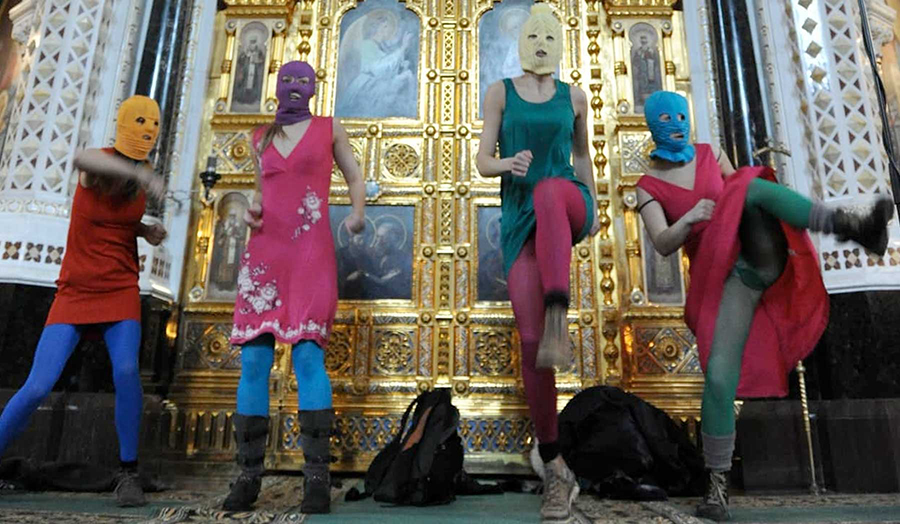
Details
| Tutor | Christina Paine |
|---|

